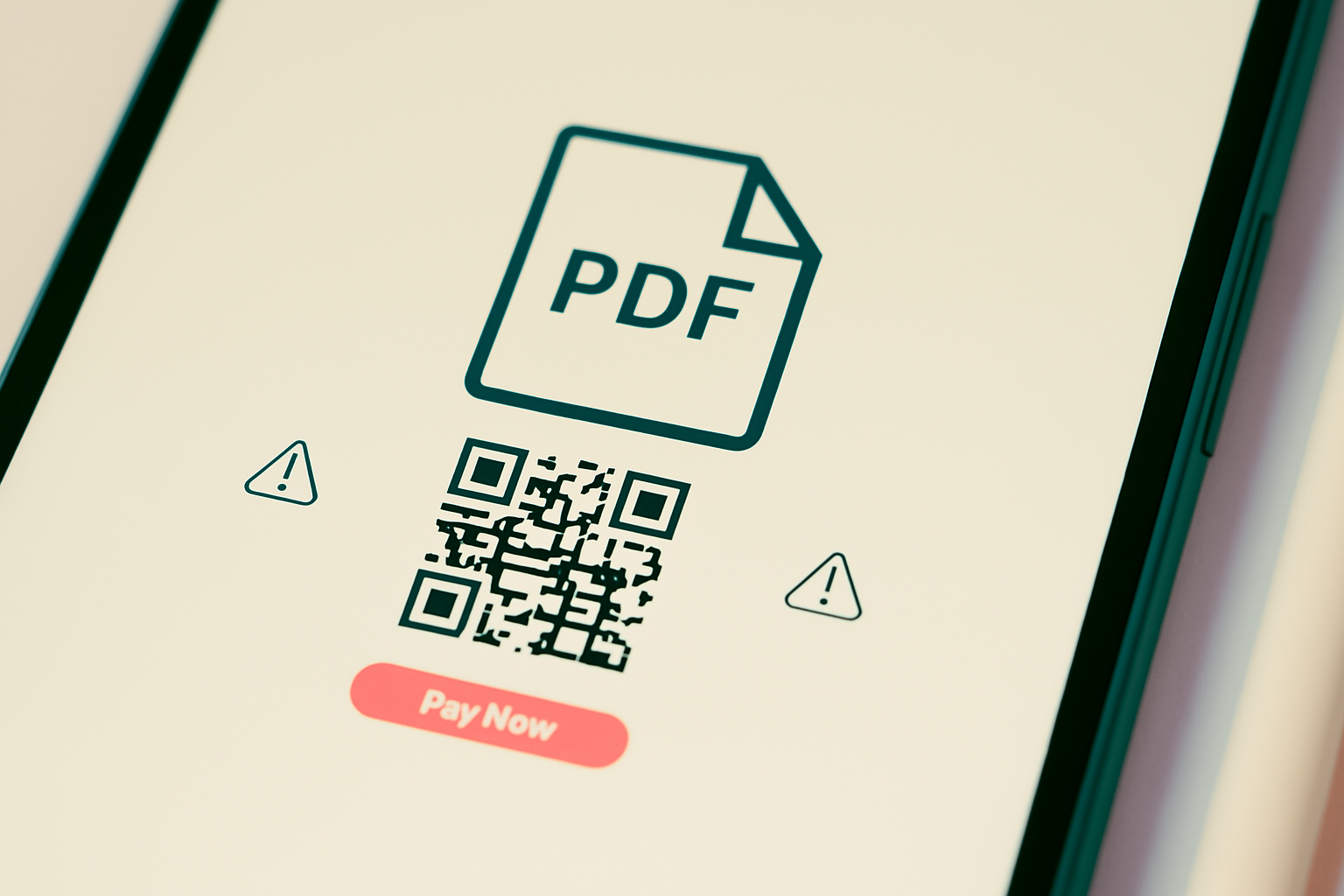As the April 15 tax filing deadline approaches in the United States, cybercriminals are intensifying their efforts to exploit taxpayers through sophisticated phishing campaigns. Microsoft has recently highlighted a surge in tax-themed email attacks designed to steal personal information and deploy malware.
Understanding Tax-Themed Phishing Attacks
Phishing attacks involve deceptive emails or messages that appear to come from legitimate sources, aiming to trick individuals into revealing sensitive information or downloading malicious software. During tax season, these attacks often masquerade as communications from the Internal Revenue Service (IRS) or tax preparation services.
In recent campaigns, attackers have employed various tactics:
- Malicious Attachments and Links: Emails may contain PDF attachments or embedded QR codes that, when opened or scanned, lead to counterfeit websites designed to harvest credentials or initiate malware downloads.
- Use of URL Shorteners and Legitimate Services: To evade detection, cybercriminals utilize URL shorteners and exploit reputable services like file-hosting platforms and business profile pages, making malicious links appear trustworthy.
- Phishing-as-a-Service Platforms: Some campaigns leverage services like RaccoonO365, enabling attackers to efficiently create and distribute phishing content.
Notable Malware Deployed
These phishing campaigns have been associated with the distribution of several malware families, including:
- Latrodectus: A malware loader that facilitates the delivery of additional malicious payloads.
- BruteRatel C4 (BRc4): A post-exploitation toolkit used to bypass security measures and control compromised systems.
- AHKBot: A botnet malware that can execute various commands on infected machines.
- GuLoader: A downloader known for its ability to evade detection and deliver additional malware, such as Remote Access Trojans (RATs) like Remcos. Microsoft
Protective Measures Against Tax-Season Scams
To safeguard against these threats, consider the following steps:
- Be Skeptical of Unsolicited Communications: Exercise caution with unexpected emails or messages, especially those requesting sensitive information or prompting immediate action.
- Verify Sender Authenticity: Confirm the legitimacy of communications by contacting the organization directly through official channels, rather than relying on contact information provided in the suspicious message.
- Avoid Engaging with Suspicious Attachments or Links: Refrain from opening attachments or clicking on links from unknown or untrusted sources.
- Check URLs Carefully: Always hover over links to inspect their destination before clicking. Fake domains may look nearly identical to official websites.
- Report Suspicious Activity Immediately: If you receive a suspicious email or believe you’ve been targeted, report it to your organization’s cybersecurity team.
- Implement Robust Cybersecurity Measures: Utilize comprehensive cybersecurity services, including XDR software and firewalls, to detect and prevent malware infections.
- Educate Yourself and Others: Stay informed about common phishing tactics and share this knowledge with colleagues and family members to enhance collective awareness.
- Enable Multi-Factor Authentication (MFA): Add an extra layer of security to your accounts by requiring multiple forms of verification. Whenever possible, use hardware-backed methods such as smart cards, USB security keys, biometrics, or pins
- Monitor Financial Accounts Regularly: Keep a close eye on bank and credit accounts for any unauthorized activities, especially during tax season.
The Role of Cybersecurity Company
Engaging with a reputable cybersecurity company or consultant can provide tailored strategies to protect against phishing attacks and other cyber threats. Cybersecurity specialists offer services such as employee training, system audits, and incident response planning to secure your organization’s defenses.
Conclusion
As tax season brings an uptick in phishing scams, remaining alert and adopting proactive cybersecurity practices are essential. By understanding the tactics employed by cybercriminals and implementing robust protective measures, individuals and organizations can significantly reduce the risk of falling victim to these malicious campaigns.

